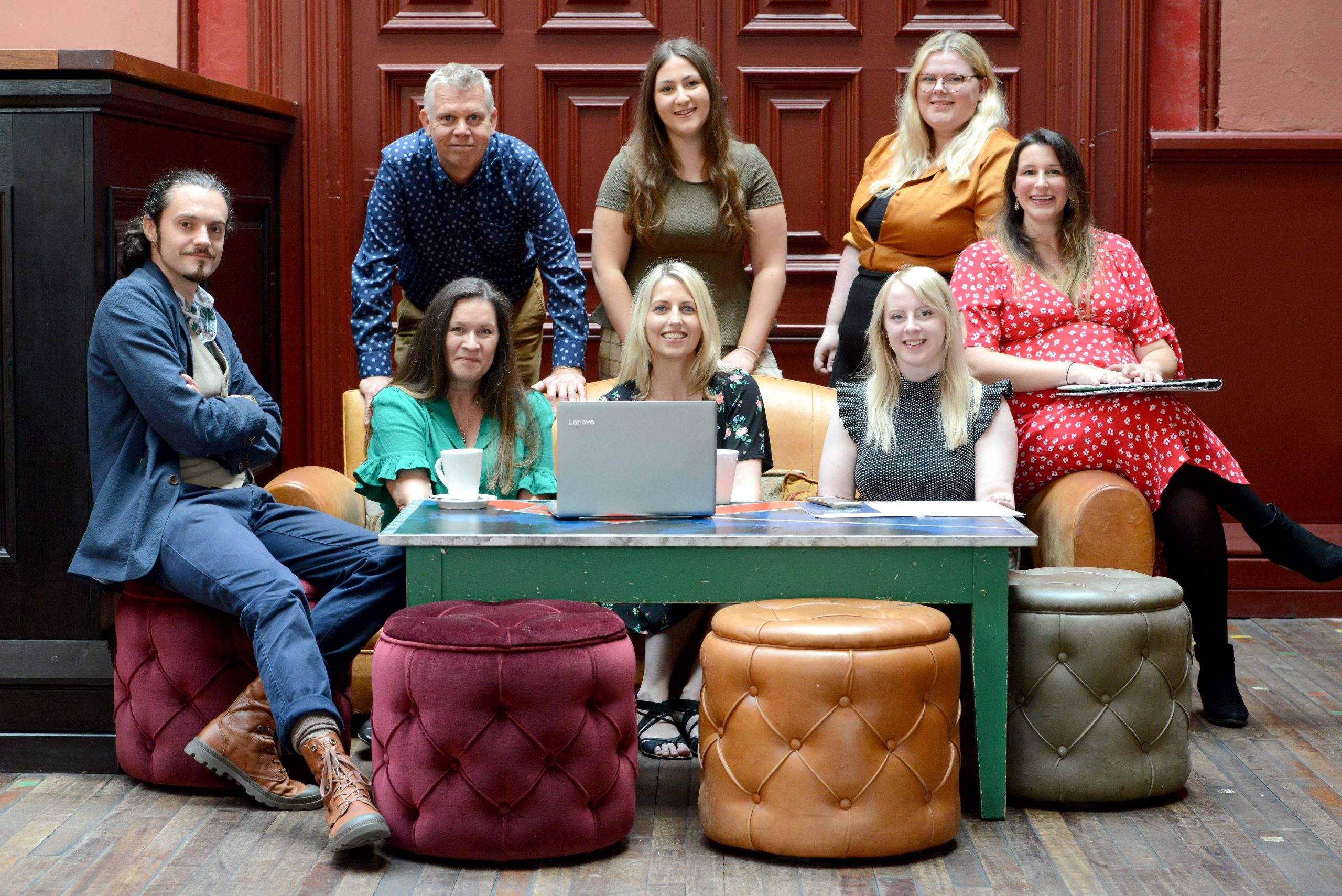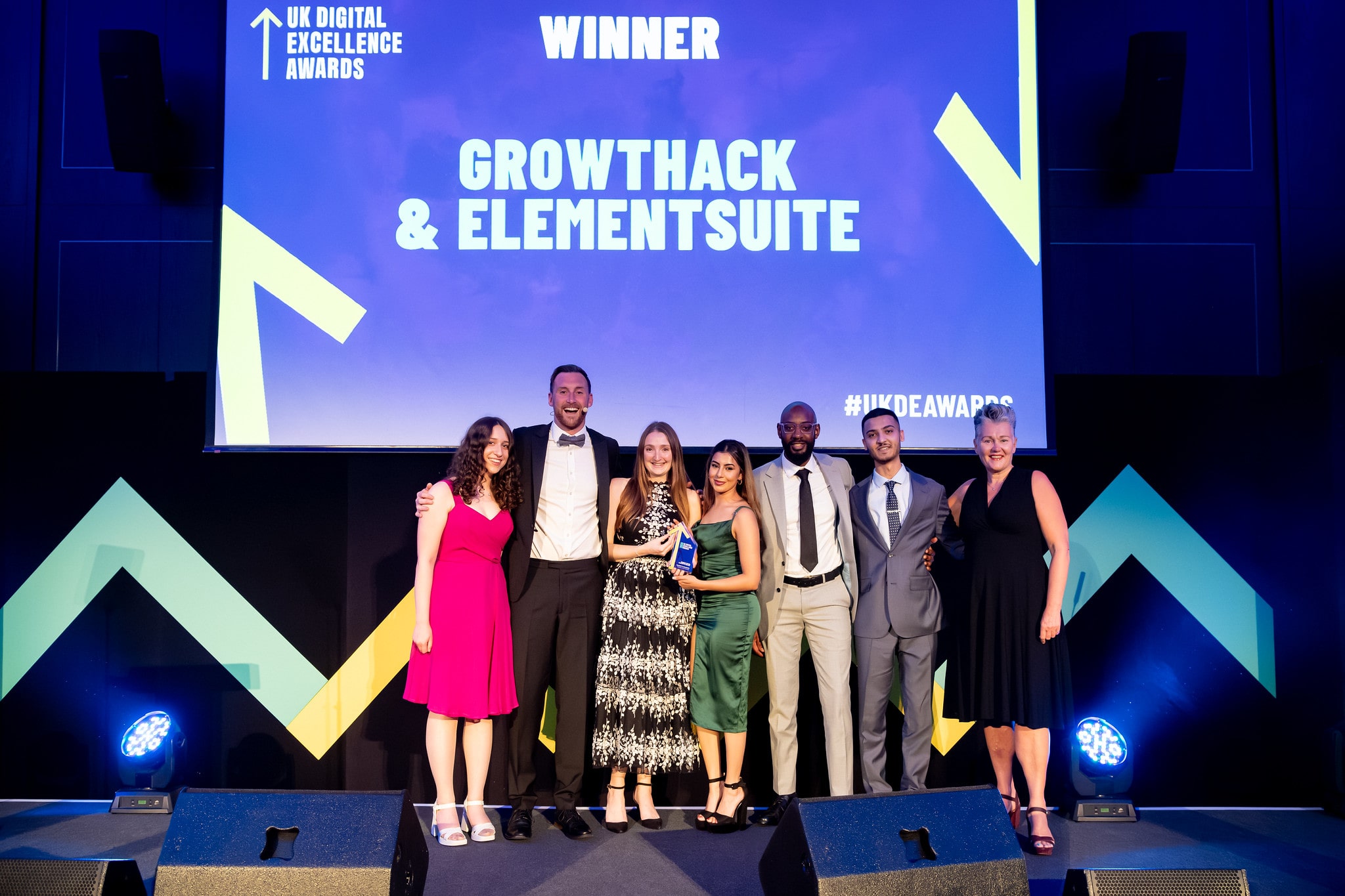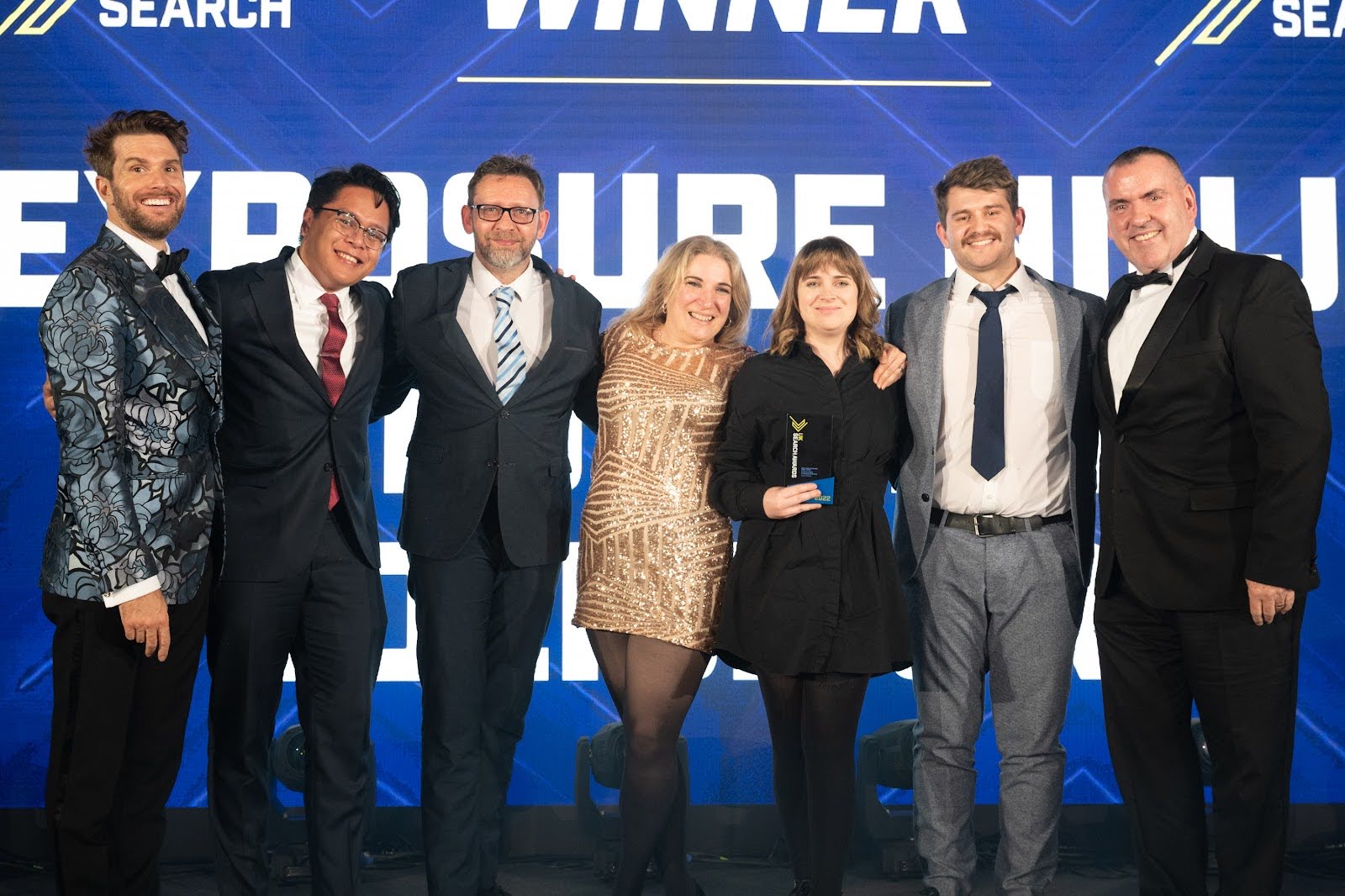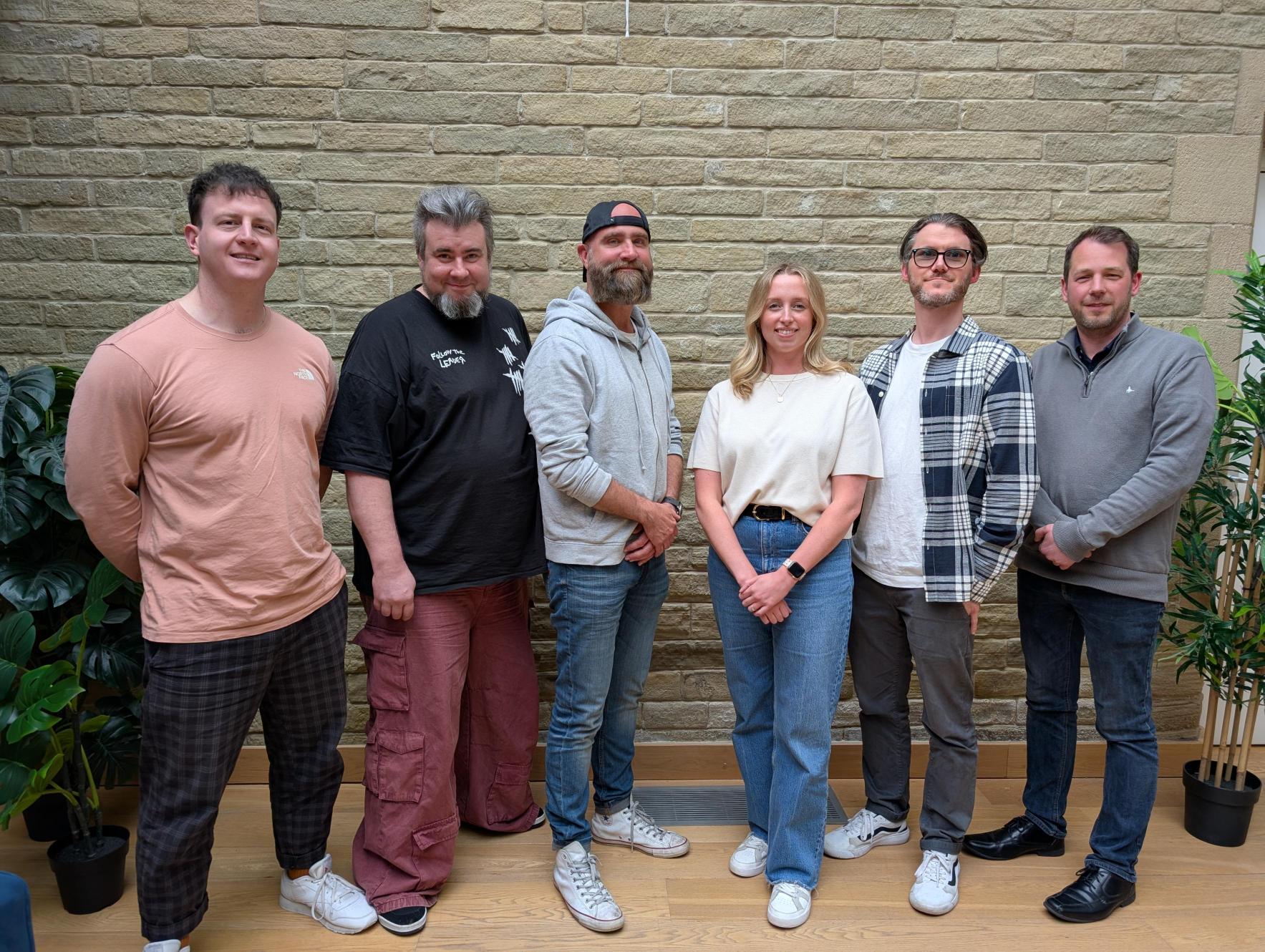For any ecommerce retail or service business, staying ahead technologically and operationally is now a necessity, not just an advantage. There is a vast opportunity presenting itself for businesses ready to make the change from traditional monolithic legacy platforms to more agile and flexible architectures like headless and MACH.
Technology and experience design agency, Profound are enormously proud to have been nominated alongside our client the Micheldever Group for the UK Digital Excellence Awards, B2C Website of the Year for our end-to-end overhaul of the Protyre digital technology platform and B2C website. This marked the delivery of the first ever headless architected project in the UK to feature Storyblok, Commercetools, Algolia and Pimberly and their new composable and headless setup has helped deliver impressive results for the Protyre retail brand.
For organisations of any size, a foundational change can feel daunting and it’s hard to pinpoint what to care about most as you set out. With our experience supporting customers such as Protyre in their move from legacy to headless, we wanted to share four absolute must-dos for any ecommerce business considering a migration from legacy to headless or full-scale MACH architecture.
What is headless architecture?
Headless architecture is a key factor in the significant shift many retailers are taking away from traditional ecommerce platforms. In a headless setup, the frontend (the head) is decoupled from the backend allowing for greater flexibility and scalability of experience. In a typical monolithic platform, the frontend and backend are tightly integrated, limiting customisation and rapid development. Without the constraints of a tightly integrated system, developers can use any frontend technology to deliver user experience without the constraints of backend logic and database structures – much of which can be outdated, overstretched and costly to replace.
While headless refers to separation of front and backend, a MACH (Microservices, API-first, Cloud-native, and Headless) approach embraces a fully modular approach. MACH architecture follows the headless principle for frontend development but also employs microservices for various functionalities, passes data and instruction through APIs, and operates in cloud-native environments. This not only adds flexibility to the system as whole – lending itself well to businesses that need to respond quickly to changing customer needs – but also reduces risk, enhances scalability, and improves speed of deployment.
Four key things to address before you get started.
As MTS found, embarking on the transition to headless or MACH architecture requires more than just a technological shift. It might demand a comprehensive re-evaluation of how you conduct your ecommerce operations, and it will certainly require operational and leadership engagement across the whole business. There are four crucial aspects to consider:
1. Reframe your thinking.
Moving to headless architecture requires a paradigm shift in the way your operation understands – and works with – the technical foundation of your ecommerce business. It’s essential from the outset to communicate to your leadership team that headless is not merely a cost-cutting or simplification exercise but is a strategic move towards greater flexibility, scalability, and future-proofing the business. Embracing headless means embracing a new way of working, where agility and responsiveness to market and customer demands are recognised as key benefits.
Tip: Don’t expect your new headless or MACH architecture to be a cheap option and compare the cost to your legacy build. Consider instead the total cost of ownership of your legacy platform, the investments you made unpicking and customising systems – or by-passing interfaces – and the future cost of maintaining it in the future. Compare this to the flexibility of your new platform. We can’t under emphasise the opportunity headless provides to plug in fit-for-purpose tools and services, to lower risk compared to monolithic systems, to provide flexibility and pave the way for innovation and growth.
2. Take the time to anticipate future needs.
Maximising your success in a headless environment hinges on having a clear vision of both current (for launch) requirements and – even more importantly – your future needs and expansions. With a well-defined customer and content strategy you will be positioned to guide your product team to prioritise launch essentials without feeling compelled to deliver every feature from day one. If you can view the launch as the beginning rather than the culmination of your project, you open the business up to the benefit of an ongoing responsive and adaptable development process. This continuous improvement approach will help you cater to evolving customer needs and market trends and is sure to layer even more returns on your initial investment over time.
Tip: The business-wide strategy for MTS was a transformation of both retail and wholesale sides of the business using a common technology footprint across the organisation. Having worked with MTS to deliver the retail arm, Protyre, Profound are now supporting them as they work towards their B2B transformation later this year. Consolidating technology across a multi-brand business such as MTS brings massive opportunities to reduce operational costs by standardising technology platforms and microservices that can serve several parts of the business. Already this will be easier to support and maintain, requiring less infrastructure and lower software costs, better data enablement, and greater efficiency across the whole business.
3. Be prepared to adopt a product-centric mindset across your business.
The continuous nature of improvement and delivery in a headless architecture calls for both a cultural and operational shift towards a product-focused mindset. This involves embracing constant development of your products – such as websites, apps, digital services, and tools – to enhance customer experiences. Your migration is only going to be successful in the long-term if you can develop an organisational culture that supports continuous innovation and learning. Aligning your team’s mindset with this approach may involve significant changes in processes and possibly personnel. But ensuring that everyone is geared towards iterative improvement and rapid deployment is the route to maximising the benefit from a headless digital platform.
Tip: Invest the time up-front to develop your operational readiness for a continuous improvement approach. Much of the success of the Protyre project hinged on the business’ willingness to spend time in discovery understanding the changes they needed to make as an organisation to maximise their returns. Working with a partner such as Profound, who have experience with this type of transformation – particularly in similar sized and style businesses – can make a significant difference to your success. MTS knew they needed to reenergise their business model in line with their tech transformation and so spent time ahead of launch ensuring they had the right resource profile from C-Suite to digital marketing and beyond.
4. Be prepared for data migration challenges.
Time and time again we see data, content, and product information migration underestimated by businesses – both in terms of the complexity and effort they might bring to a change programme or product launch. The decoupled nature of headless architectures offers the significant advantage of allowing content migration or population to kick off early in the project, particularly once the frontend design and data requirements are defined. This early start can also facilitate earlier testing with high-fidelity, real-world data, ensuring smoother transitions and minimising disruptions to launch schedules. However, it’s crucial to take the time to properly define the data requirements and allocate sufficient resources to manage this process effectively. We find that businesses who acknowledge the intricacies involved in transferring data from a monolithic system to a more modular and flexible structure are better prepared to reap the benefits that a headless approach affords.
Tip: Approach the definition of your data, content and product information needs with the same priority as you approach your technical definition. These elements are the lifeblood of your system and getting them right now will help to drive the success of your ongoing continuous improvement activities. Avoid the temptation to recreate existing content and data processes on your technology. Instead, take the time to reimagine how you will create content and populate data into your products (e.g. websites and apps). We frequently find that these processes have evolved over years and have become inefficient and laborious. A migration from legacy to headless provides an excellent opportunity for renewed efficiency by reimagining these processes at the point of selecting new technology.
Migrating from a monolithic legacy platform to a headless or MACH architecture is more than a technical upgrade. This will be a strategic transformation that requires a considered view of customer and business needs, a shift in your organisation’s mindset, and a long-term commitment to continuous improvement. But, with the right level of planning and an open mind to the possibilities, like Protyre you could see reduction in your technical overheads, increases in your conversion rates, and widespread improvements to your business responsiveness and flexibility. We’ll leave the last word to them:
“Profound helped us to deliver a first-class B2C ecommerce transformation. Whilst our old B2C ecommerce systems were right at the time, they quickly dated, and we knew that if we stuck with those, we would be signing up to painful upgrades in the future… Now we have de-composed our old B2C system and replaced it with a series of highly performant best-of-breed components… This composable cloud-based approach will remove the expense and disruption of future upgrading, provide a more performant, flexible platform, and give us much more freedom to innovate our front-end customer experience.”
Tim Robson, Head of Portfolio Delivery, Protyre
If you’d like to learn more about Profound is up to, you can check out our website or follow us on LinkedIn.







